The MRCI From Hell - 1984
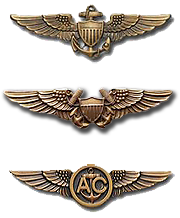
Submitted by: CDR Ed Dumas
In the Spring of 1984, VP-45 was conducting the wide range of training workup exercises routinely required of squadrons prior to deployment. Soon to deploy to Rota/Lajes, one particular evolution that needed to be successfully completed was a mining exercise. Officially called a Mine Warfare Readiness Certification Inspection (or MRCI for short), it required that squadron leadership and aircrews demonstrate the ability to plan, execute and accurately deploy a mine field.
CDR Joe Phelan was the CO at the time and CDR Stoney Stoutamire was the XO. An MRCI is a high adrenaline, graded exercise involving five aircraft and five crews. It is also a major test for the maintenance department and the ordnance shop. This pre-deployment MRCI turned out to be quite unusual and that is what this "sea story" is about.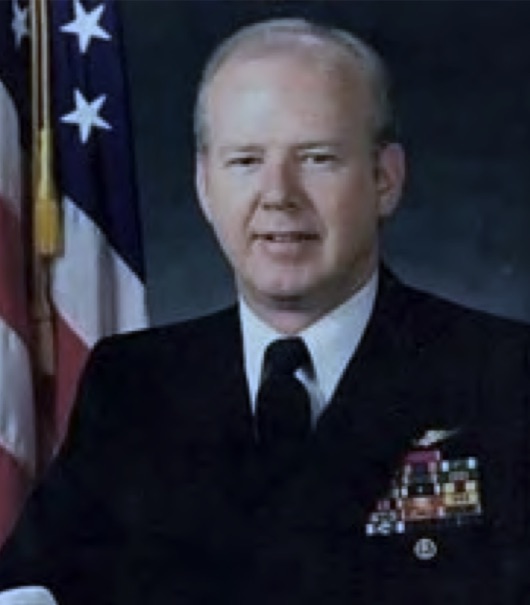
It is a beautiful sight to see five P-3’s, all engines turning, loaded with thousands of pounds of ordnance on wing racks, all taxiing in line for take-off. Four of the aircraft fly the three-and- a-half-hour profile, dropping their ordnance at predetermined locations off the coast of Charleston, SC. The fifth aircraft functions as range safety. The range safety aircraft is the first aircraft on the range, the last one off and, in addition to its safety roll, acts as a back up mining aircraft should any of the primary aircraft abort for any reason.
First attempt at mine deployment...in the Range Safety aircraft, LCDR Ed Dumas was the TACCO, LCDR Jim Dolle was the PPC, LT Chris Conroy was the copilot, and LT Mike Price was the NAVCOM. They flew the mining profile as planned and briefed, the final phase of which in- volves flying at 300 feet and 300 knots inbound to the designated coastline "Initial Point" (IP) which is the last visual geographic fix before the mines go in the water.
For this exercise, the IP was a stationary Coast Guard navigation buoy floating at the mouth of the inlet. Needless to say, there were extra sets of eyes in the cockpit searching feverishly for the IP as the aircraft barreled across the waters not too far from the beach. Despite the importance and eagerness to visually aquire the IP, it could not be found! Tension mounted! Adreniline flowed. Blood pressure sky rocketed. Without the IP to mark on top for an accurate outbound heading and distance, the MRCI would be failed.
With the four primary aircraft swiftly heading inbound to the IP at a high rate of speed, Ed and Jim, in the Range Safety P-3, were following close behind at the same airspeed. As the four lead aircraft fruitlessly searched for the IP, Ed and Jim likewise scanned the area for the navigation buoy. “HOLY CRAP!” Ed screamed as he spotted it...on the deck of a Coast Guard cutter that, revealed later, the buoy was being taken to Charleston for maintenance. Over the assigned UHF frequency "Abort, Abort - full stop, exercise cancelled!!" was transmitted and all aircraft immediately returned to Fineart base at NAS Jax. 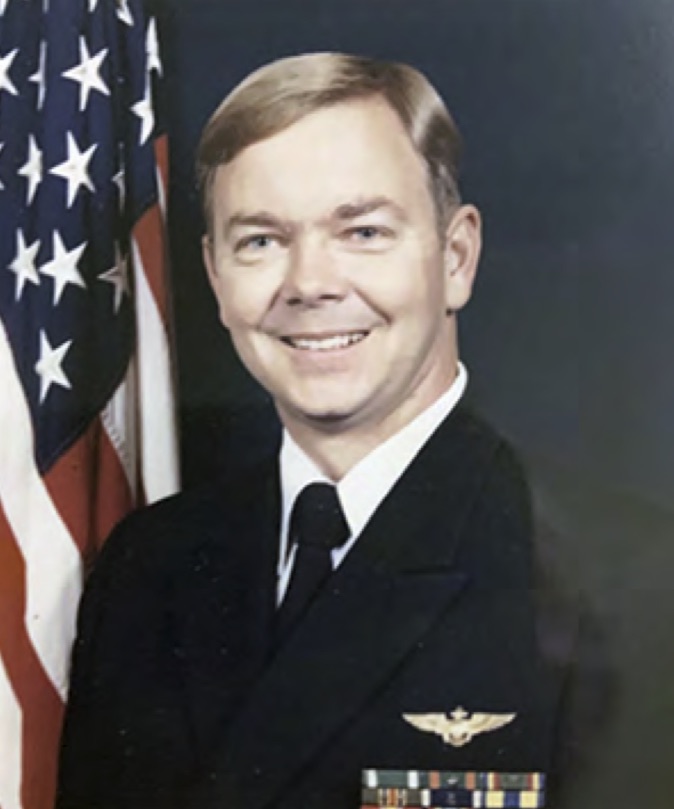
Second attempt at mine deployment... the following day, the squadron Tactics Office replotted the minefield based on a new Initial Point. Once again, five mission-ready aircraft were loaded for bear and climbed out of Jax on a beautiful CAVU day—meaning it was a helluva beautiful day that allowed the P-3 crews to see for miles. Ed and Jim’s crew was first up, again headed inbound to the coast at 300 feet and 300 knots.
About five miles from the beach and IP, with virtually no warning, they encountered a large flock of birds. The birds impacted all over the aircraft; that no engines were FODed was a miracle. The outer and inner layers of the copilot’s windscreen were violently shattered. However, the three middle layers of the windshield mostly held. Glass was all over the cockpit and down the tube past the NAVCOM station. Feathers, bird guts, and blood were splattered in the cockpit; and Chris had some bird blood on his face. The aircraft was slowed, the copilot seat vacated, an emergency declared, and condition five was set, while Ed and the rest of the crew checked the condition of the aircraft. All inbound squadron aircraft were notified that there was extensive bird activity in the area and, therefore, again, the exercise was cancelled.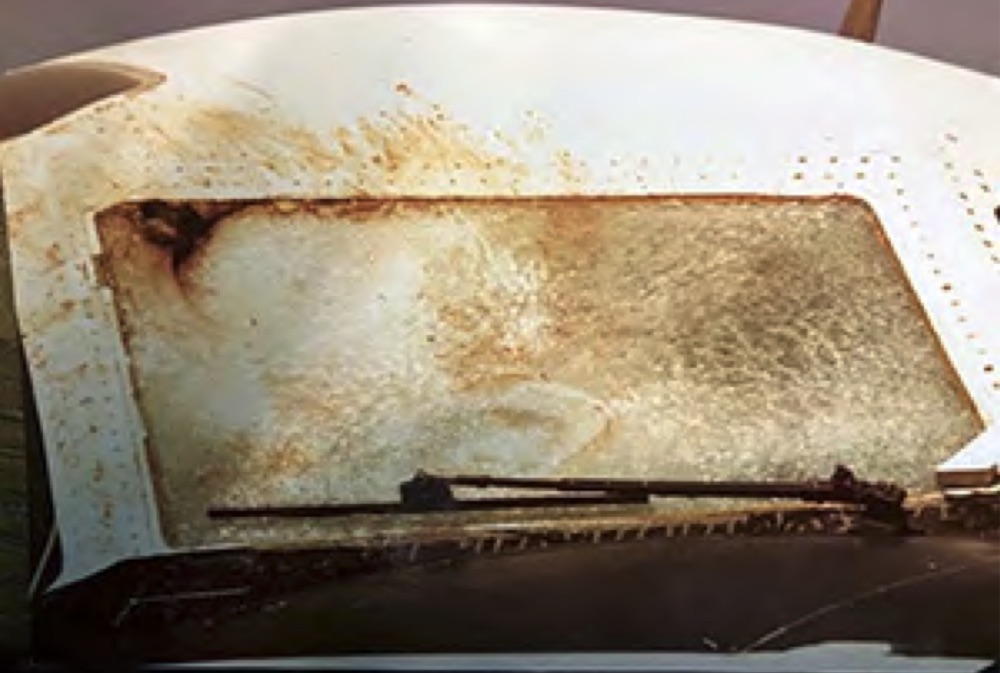
Ed and Jim returned their aircraft very slowly to Jax where Jim logged a rare, single pilot P-3 landing.
Upon landing, Ed commented that it was the smoothest P-3 landing he had experienced since being in the VP community. Obviously, Ed was trying to earn some brownie points for some future encounter with Jim -- perhaps earning a couple of free drinks at the bar.
As Jim taxied to the designated parking spot, the crew noticed how intently the emergency responders and others on the ground were all looking at the aircraft; only later to find out as the crew disembarked from the aircraft that that intense interest was because the aircraft had sustained way more damage than was thought. Numerous dings, dents, and holes were discovered in the radar dome, leading edge of the wing, and empennage. All three front windscreens, from the pilot’s to copilot's were completely obscured with bird blood and guts.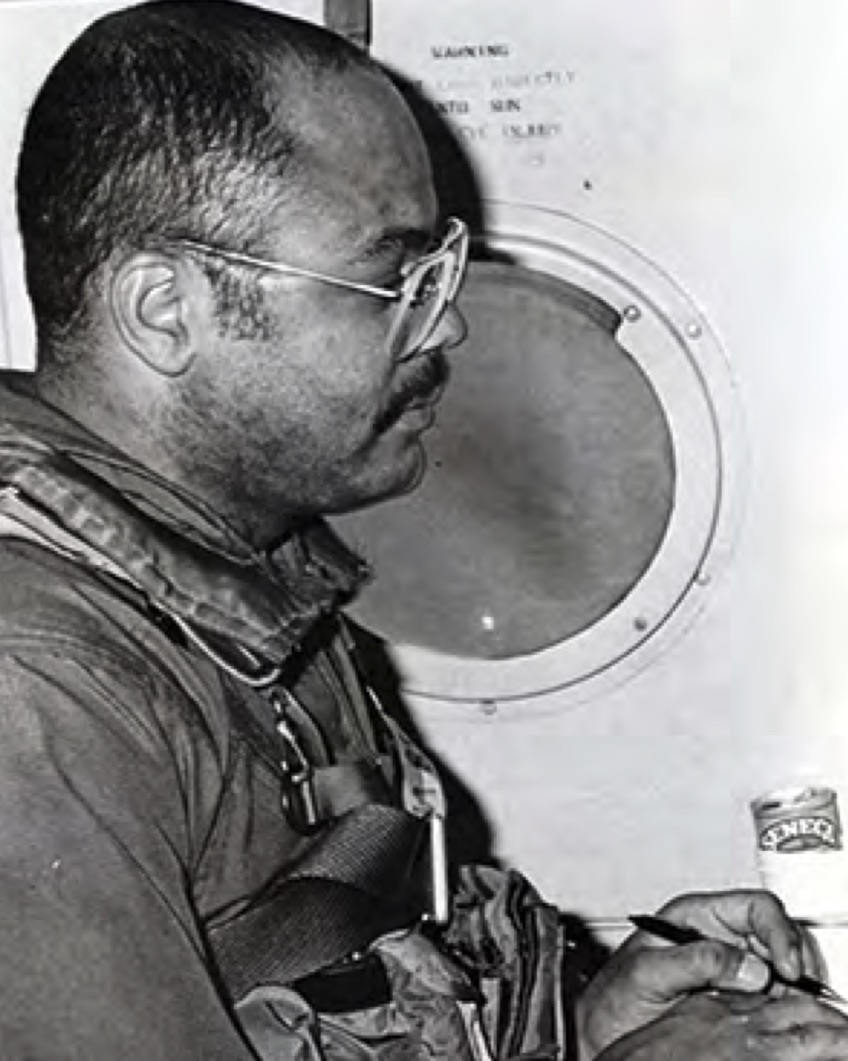
In summation, it was a case of a few seconds of very bad luck, followed by good fortune that all engines kept running, and that the professional performance of the crew in this emergency was nothing less than superb. Also, let’s not forget the two most important factors in this story: One - all 4 engines kept running and Two - a smooth landing was conducted by Jim Dolle with hardly any unusual vibration during dropping the gear and the use of flaps, a testament to the strength and secure build of the 24 year old airframe. Ed said it best when he noted after landing, “The old girl [the P-3 Orion] came through again, handling like a champ, bringing us all home safe and flying as though nothing was wrong with her."
Third attempt at mine deployment...flawless aircrew and aircraft performance. All ordnance functioned as intended and all mines were dropped exactly as planned.
Skipper Phelan and the entire squadron were thoroughly tested by what became known as the “MRCI from Hell” and all areas of the squadron passed with flying colors.
Also note: neither Ed or Jim recall names of the remaining crewmembers aboard the aircraft that difficult day. However; the success and safety of the aircraft was an all-hands effort. BZ, well done! If you were on this crew or know who was, please let us know.
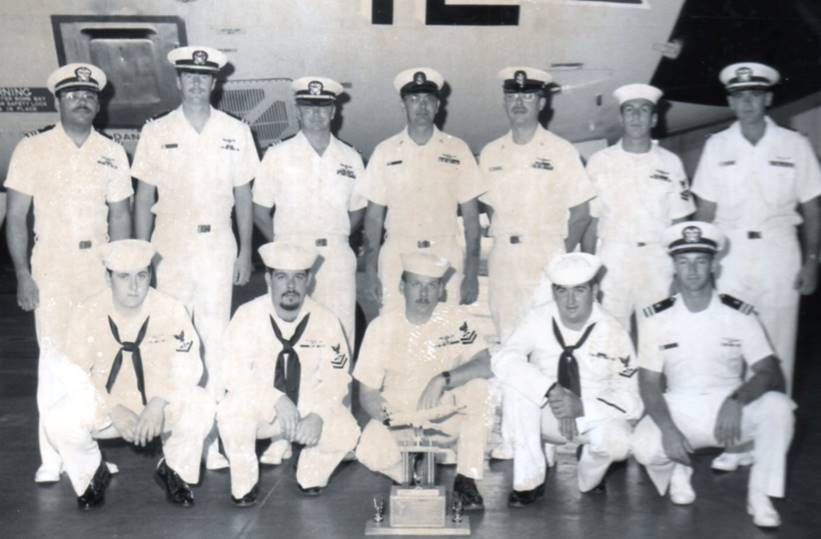
Send questions, comments or suggestions regarding this website to: vp45assoc@vp45association.org
Copyright © 2024 PATRON FOUR FIVE ASSOCIATION


